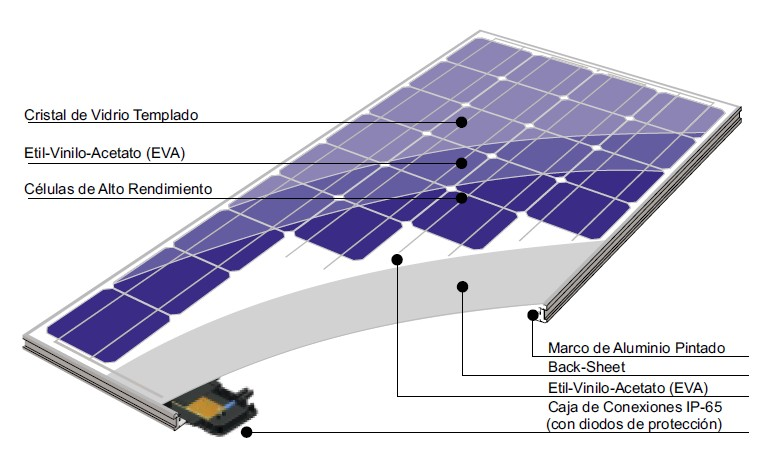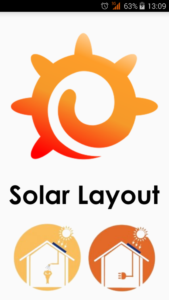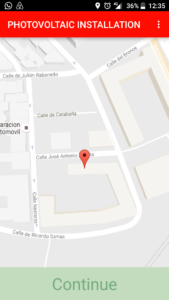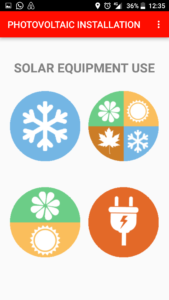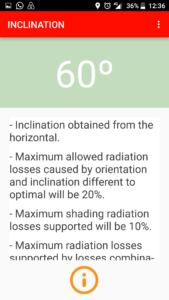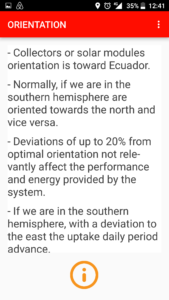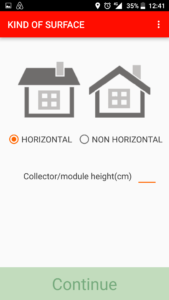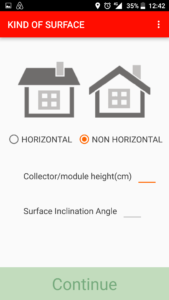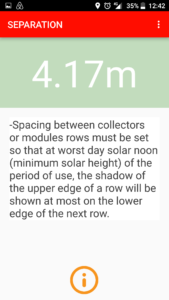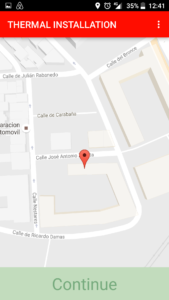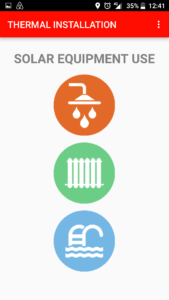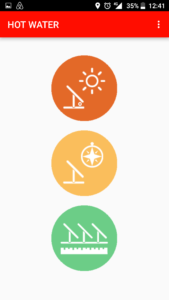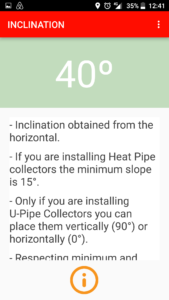Devices that capture solar thermal energy range from collectors placed on the roofs to parabolic dishes or solar towers used in large systems that concentrate sunlight, produce heat and generate electricity.
Solar thermal devices are used in countries such as Haiti to:
* Solar water disinfection (SODIS)
By solar light and PET plastic bottles. UV rays exposure eliminates pathogens and bacteria providing a source of clean water and reducing water diseases transmission.
* Solar Pasteurization
Using a solar cooker and water pasteurization indicators (WAPIs). Solar cooker heats the water and WAPI (small tubes / capsules with melting wax at 65 ° C, temperature with which viruses and bacteria die) indicates when it is suitable for consumption, saving fuel and reducing water diseases transmission.
* Solar food dryer
Box with glazed lid and opening + mesh frames. Foods are placed in mesh racks and dried as the sun warms the box. Reduce use of fossil fuels, pollution and post-harvest losses.
* Solar kitchen
Heat trap boxes, curved concentrators and cooker panel. A device (mirror or reflective metal) concentrates light and heat inside a small cooking area. Reduce reliance on traditional fuels such as wood or coal and reduce indoor pollution.
* Solar water heater
Solar thermal collector + water storage tank. Collector heats the fluid passing through it and heat is stored in the tank. Reduces reliance on traditional fuels; reduces carbon emissions and local pollution.
Constant earthquakes cause many people in Haiti to live outdoor and in very bad conditions.
As they say, “here the sun never fails us.”
However, charcoal is life and scourge of Haitians. Without it, they don´t eat.
97% of the country is deforested. Each person consumes the equivalent of 500 kilograms of wood a year and an average family leaves half of their profits in firewood purchase.
Erosion is the big problem. People cut trees to survive; there is no other way to living.
This country needs a permanent solidarity commitment from international community.
An example of this is solar cooker project for Mont-Organisé.
Devices are based on solar concentration: they generate thermal energy from sunlight that passes through a lens. Energy is stored in a thermal “battery” that maintains heat for 20 hours, and therefore allows cooking at night.
Materials chosen to make the kitchens are sustainable, biodegradable and the device obviously does not need fuel.
Project is developed in collaboration with Italian Microcredit Agency, Federico II Naples University Agrarian Department, Tesla IA SRL and PACNE NGO.
In addition to financing, solar energy expansion to poor people requires a mix of scientific improvements, policy initiatives and collective action to combat climate change and energy access lack.
All you need is Sun. All you need is Sopelia.








